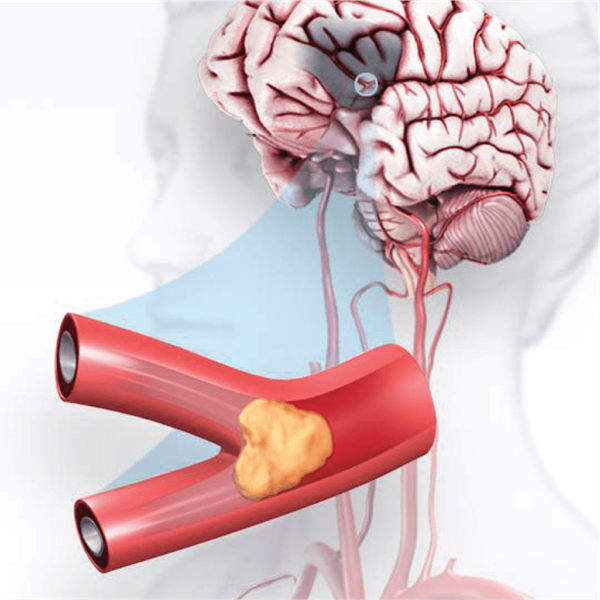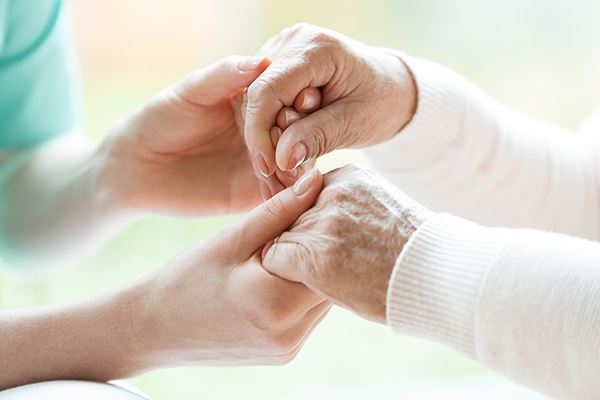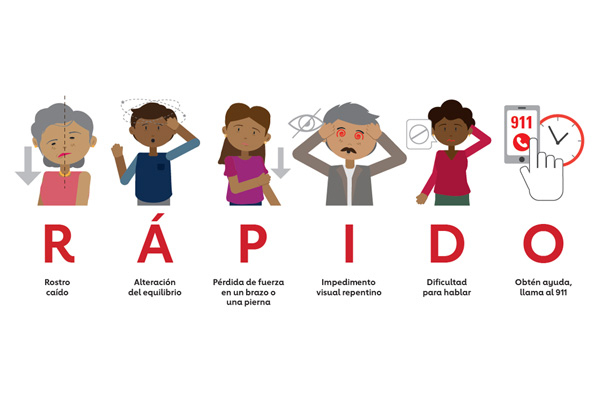Acerca del ataque o derrame cerebral

El ataque o derrame cerebral es una enfermedad que afecta las arterias que se dirigen al cerebro y que están al interior de este. Es la quinta causa de muerte y una causa principal de discapacidad en los Estados Unidos. Además, el ataque o derrame cerebral es la tercera causa de muerte entre las mujeres hispanas y la cuarta entre los hombres hispanos. Las proyecciones indican que, para el 2030, la prevalencia del ataque o derrame cerebral entre los hombres hispanos aumentará en un 29%.
Un ataque o derrame cerebral se produce cuando un coágulo obstruye un vaso sanguíneo que transporta oxígeno y nutrientes al cerebro, o bien cuando dicho vaso sufre una rotura. Cuando eso ocurre, una parte del cerebro deja de recibir la sangre (y el oxígeno) que necesita, por lo que este y las células cerebrales mueren.

¿Cuáles son los tipos de ataque o derrame cerebral?
¿Cuáles son los efectos del ataque o derrame cerebral?

Síntomas de un ataque o derrame cerebral
Usa las letras de las siglas “R.Á.P.I.D.O.” para detectar un ataque o derrame cerebral.


Explicación del ataque o derrame cerebral
Formas de prevenir un segundo ataque o derrame cerebral
El ataque o derrame cerebral y nuestra comunidad hispana latina
R.Á.P.I.D.O. Derechos de autor ©2024, la University of Texas Health Science Center en Houston. Todos los derechos reservados.